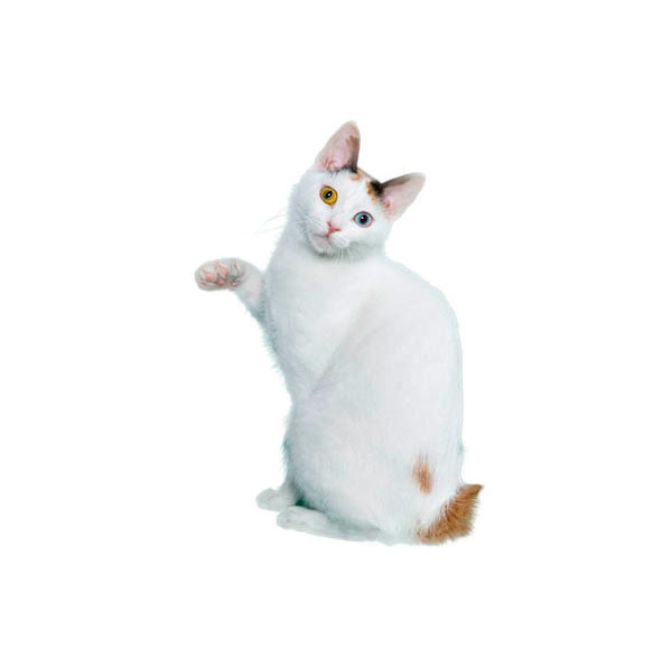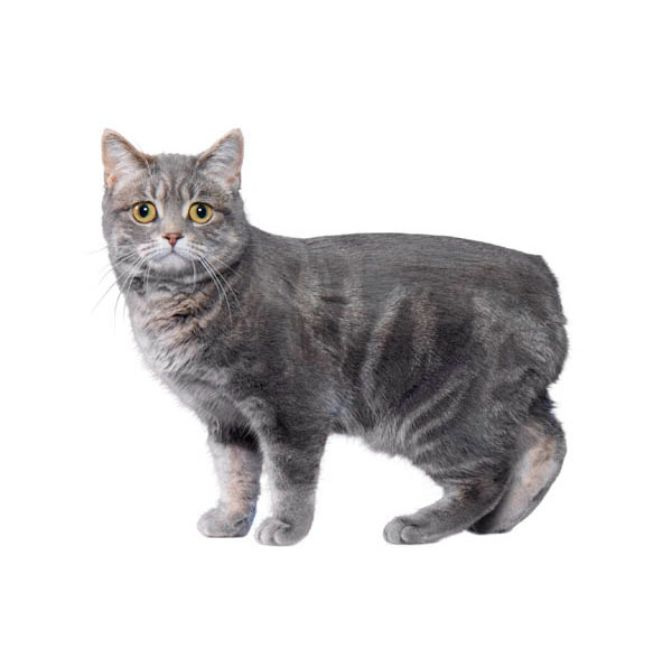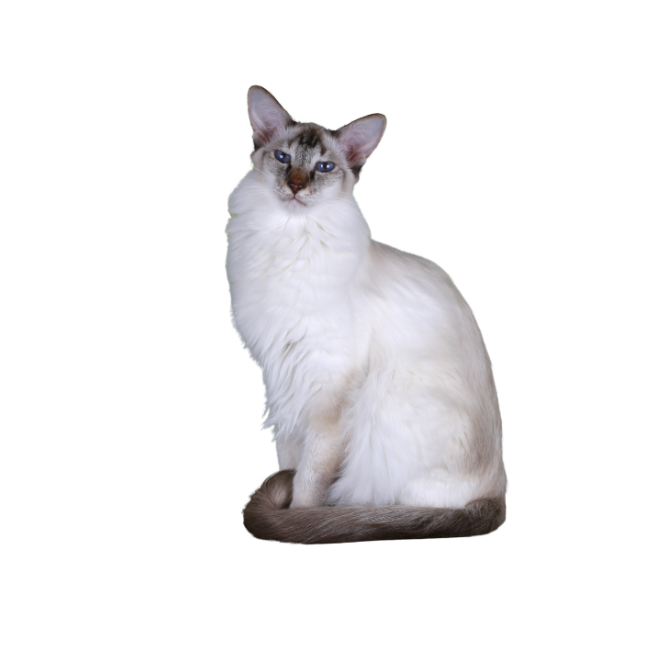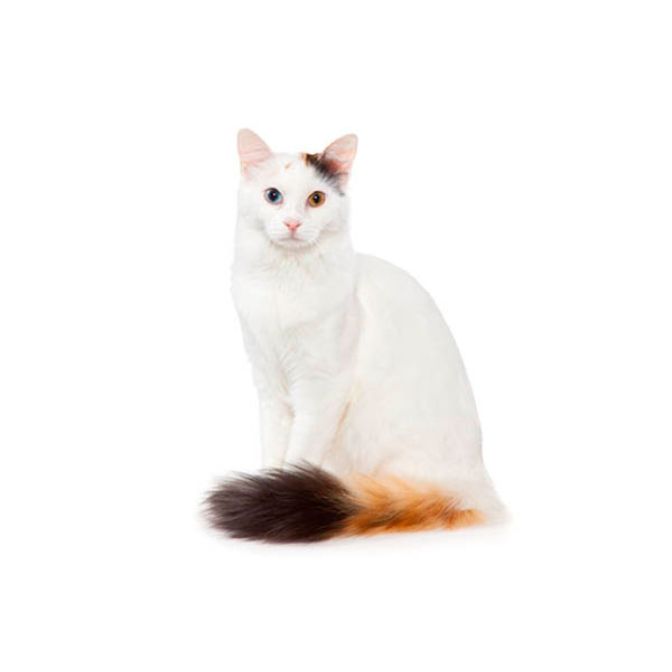Japanese Bobtail
One of the oldest cat breeds, the Japanese Bobtail is believed to bring good luck and prosperity. The two coat varieties, longhair and shorthair, are exactly the same except for coat length. This delightfully mischievous feline enjoys a good game of fetch and likes to carry things in her mouth. A healthy breed that lives an average of 15 to 18 years, the Japanese Bobtail is social and particularly good with children.
Medium
Short
High
2.5 to 4kg
White, black, red, blue and cream, plus various patterns and shadings
The Japanese Bobtail is extremely friendly and intelligent. They have a sweet nature and get on with most other animals and love human company. Some can learn tricks and do need to be kept amused. They make good family pets.
The Japanese Bobtail is a cat of medium size with elegant lines and well-developed musculature. The head is finely chiselled and forms a triangle with curving lines and high cheekbones. In profile the nose is long and well defined and there is a gentle dip at or just below the eyes. The ears are large and upright and set well apart.
The eyes are large and round, always wide and alert. In profile the eyes are set at a pronounced slant, the eyeball shows a shallow curve and does not protrude beyond the cheekbone or forehead. The legs are slender and long with the hind legs noticeably longer than the front legs. The paws are oval.
The tail when carried normally only extends about two or three inches although it can be straightened out to about four or five inches. When the cat is relaxed the tail is carried upright. The hair on the tail is generally thicker and longer than elsewhere and grows in all directions to create the effect of a pom-pom or bunny tail.
9 to 15 years.
Even the shorthaired version of the Japanese Bobtail's coat is slightly longer than that of some shorthair breeds and is soft and silky. The preferred colour in Japan is the tri-colour, or Tortie and White (known as Mi-ke), a mixture of black red and white, which symbolises luck.
Odd eyed Mi-ke cats are particularly prized. Self Colours: Black, Red, White Tortoiseshell: Tabby colours: All colours, in tabby patterns. Bi- Colours: Black, Red or Totoiseshell with white. All other colours and patterns with white. The colour of the eyes, nose leather and paw pads is appropriate to the colour of the coat.
The Japanese Bobtail requires no special grooming as its coat is easily kept in good condition by its own grooming. The longhaired version needs a little more effort. However, both will enjoy the attention they get from a groom with a soft brush.
The Japanese Bobtail has no specific health problems and is capable of living a long and active life. It is, as with all breeds, advisable for them to have an annual health check from about the age of eight or nine to check teeth and liver and kidney function.
The Japanese Bobtail is an active cat and will require approximately 80 Kcals of food per kg of bodyweight per day. Obesity isn’t usually a problem with this breed as they keep themselves very fit.
The Japanese Bobtail as its name suggests originates from Japan. The unique feature of these cats is their tail. When the cat is relaxed and natural the tail looks like that of a rabbit but it can be unfurled to a length of about four or five inches.
In Japan the breed can be traced back to the 8th century but it was not seen outside Japan until the 1960’s when the shorthaired Japanese Bobtails were imported into America. They carried the longhaired gene, which soon turned up in litters of kittens.
The Japanese Bobtail has established a following in America and it is now a recognised breed and is widely shown there. As yet this is not the case in Great Britain and these cats are little known here.
In August 1968, Elizabeth Freret, a well-known Abyssinian breeder, imported three Japanese Bobtails to the U.S.
These cats became the foundation stock in this country, though the Japanese Bobtail, the national cat breed of Japan, had existed for centuries in the Orient.




